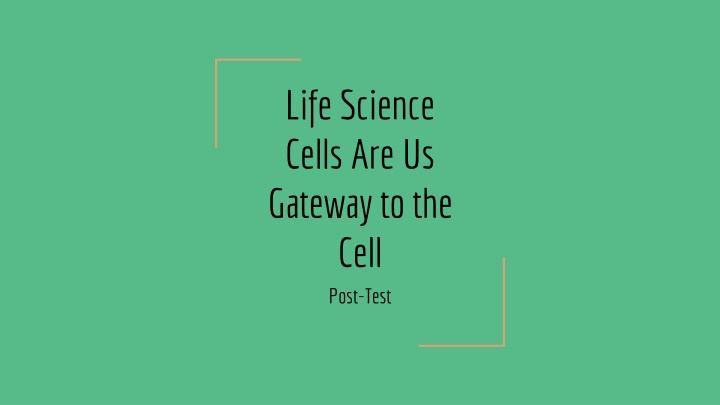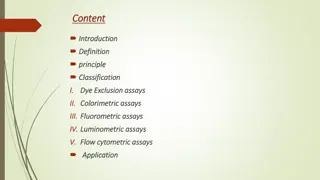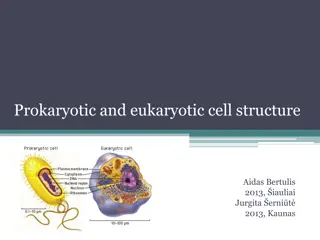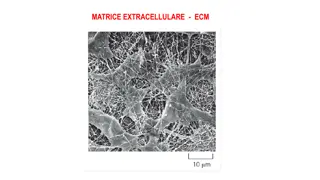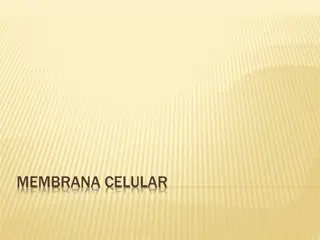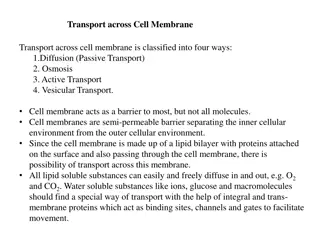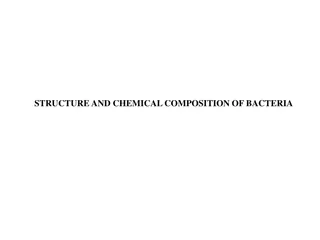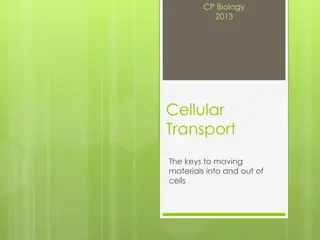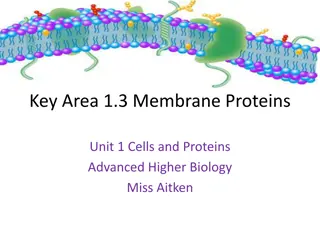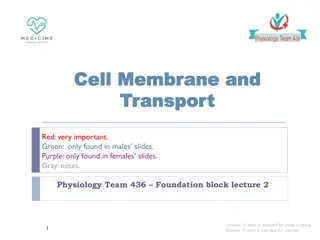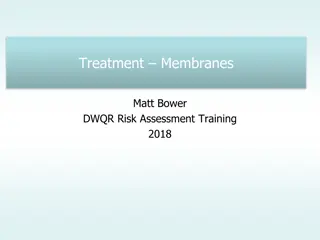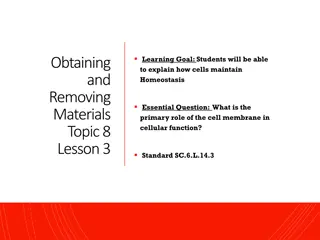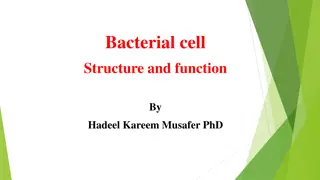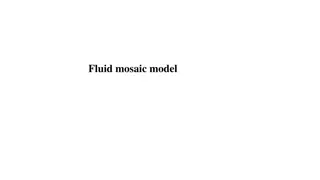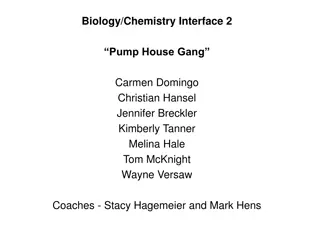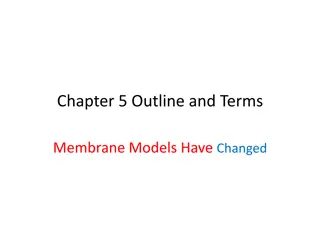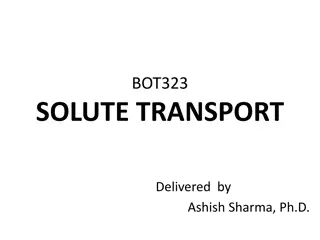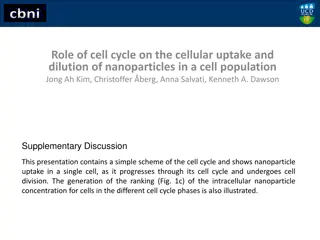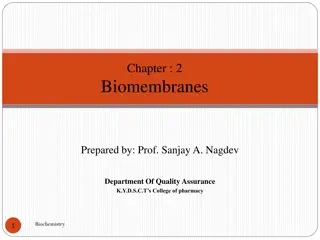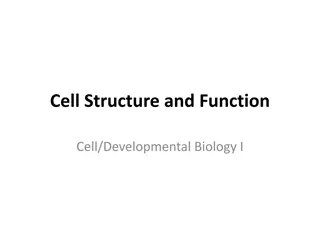Cell Functions & Membrane Structure
The content explores nerve cell functions, cell membrane structure, ion movement across membranes, and the role of proteins. It delves into how cells generate electrical impulses, the functions of the cell membrane, factors influencing ion movement, and the functions of proteins within cells.
Download Presentation

Please find below an Image/Link to download the presentation.
The content on the website is provided AS IS for your information and personal use only. It may not be sold, licensed, or shared on other websites without obtaining consent from the author.If you encounter any issues during the download, it is possible that the publisher has removed the file from their server.
You are allowed to download the files provided on this website for personal or commercial use, subject to the condition that they are used lawfully. All files are the property of their respective owners.
The content on the website is provided AS IS for your information and personal use only. It may not be sold, licensed, or shared on other websites without obtaining consent from the author.
E N D
Presentation Transcript
Life Science Cells Are Us Gateway to the Cell Post-Test
Nerve cells (neurons) function by generating electrical impulses to communicate with each other and other cells in the body (shown in animation below). Which of the following structures most directly contributes to the ability to generate these impulses? A. Nucleus B. Cell membrane C. Vacuoles D. Smooth endoplasmic reticulum (image from https://en.wikipedia.org/wiki/Action_potential# /media/File:Action_Potential.gif)
How does the structure of the cell membrane help contribute to its function of separating the cell from the outside environment? A. Everything can pass through freely whether it is hydrophilic or hydrophobic B. Having a phospholipid bilayer with transmembrane proteins throughout means that hydrophobic molecules can pass through freely but hydrophilic compounds require a transport C. Because the cell membrane is made up entirely of proteins, everything must pass through a channel to enter or exit a cell D. The cell membrane is made up entirely of carbohydrates, so everything must connect to a receptor before it can enter or exit a cell
The following image depicts ions (purple dots) in water (blue) in two compartments separated by a membrane. Which of the following would best explain why in the system on the right, there is more water on one side than the other? A. There is less atmospheric pressure on the left box in which pushes water to the other side B. The membrane is completely permeable to both ions and water, so they both move across from high concentration to low C. The membrane is permeable to only ions, so they move to join the side that has more ions D. The membrane is permeable to water but not to ions, so water moves from the side with fewer ions to the side with more to reach equilibrium
Which of the following is NOT a factor that determines how an ion moves across a membrane? A. Membrane permeability B. Concentration of the ion on each side of the membrane C. Concentration of lipids inside the cell D. Relative charge on each side of the membrane
Lipids are another name for fats and oils. In the image below, the blue structures are proteins. Which of the following is NOT a function of these proteins? (Image By LadyofHats Mariana Ruiz - Own work. Image renamed from File: Cell membrane detailed diagram.svg, Public Domain, https://commons.wikimedia.org/ w/index.php?curid=6027169) A. Transport molecules in and out of the cell B. Receive and send signals C. Allow for complete permeability of the membrane D. Help create an electric field between the intracellular and extracellular environments
